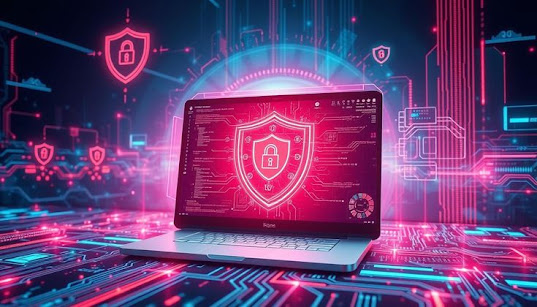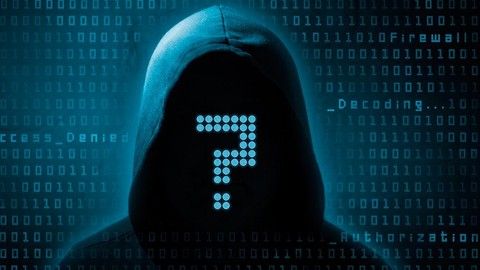Computer Security: A Modern-Day Necessity 2025
Computer Security: A Modern-Day Necessity
In the digital age, computers have become more than just machines—they’re gateways to our work, education, finances, and even social lives. While the internet has made access to information and connectivity easier, it has also opened the door to numerous cyber threats. That’s where computer security steps in.
This blog breaks down the essentials of computer security—what it is, why it matters, and how you can protect your system from evolving digital threats.
A. What is Computer Security?
Computer security, often referred to as cybersecurity, is the practice of protecting computer systems and networks from unauthorized access, damage, or theft. It involves a combination of tools, policies, and procedures designed to safeguard hardware, software, and data.
Computer security isn’t just for big corporations anymore. Whether you're a casual internet user, a student, or a professional, keeping your digital life secure is critical.
B. Why Computer Security Matters?
The threats lurking online are real and constantly changing. Here’s why computer security is no longer optional:
Data Protection: Prevent sensitive personal and financial information from falling into the wrong hands.
-
Business Continuity: Secure systems ensure that operations run smoothly without costly interruptions.
-
Reputation Management: A single breach can severely damage a company’s credibility.
-
Privacy Assurance: Protecting your personal conversations, photos, and online activity from prying eyes is essential.
C. Common Threats to Computer Security
To defend yourself, you need to know what you’re up against. Here are the most common threats:
1. Malware
Short for malicious software, malware includes viruses, worms, ransomware, spyware, and trojans. These can slow down your system, steal data, or lock your files for ransom.
2. Phishing Attacks
Fake emails or websites trick users into revealing personal details like login credentials or credit card numbers.
3. Unpatched Software
Outdated programs often have security holes that attackers exploit. Failing to update software is one of the most common risks.
4. Unauthorized Access
Weak passwords or unprotected networks can allow hackers to access your system and take control.
D. Essential Computer Security Measures
Now that we’ve identified the threats, let’s explore practical ways to defend your system.
1. Install Antivirus and Anti-Malware Software
Use reliable security software that offers real-time protection and regularly scan your system.
2. Enable Firewalls
Firewalls monitor incoming and outgoing network traffic and act as a barrier against unauthorized access.
3. Keep Your System Updated
Always install operating system and software updates as soon as they become available.
4. Use Strong Passwords
Create complex passwords with a mix of letters, numbers, and symbols. Avoid using the same password across multiple accounts.
5. Backup Your Data Regularly
Keep secure backups on external drives or cloud storage. This is vital in case your data gets corrupted or held for ransom.
E. Best Practices for Online Safety
Computer security goes beyond software. Your habits matter too. Follow these best practices to enhance your security posture:
Think Before You Click: Don’t open suspicious emails or download attachments from unknown sources.
-
Use Secure Connections: Avoid using public Wi-Fi for sensitive activities like banking or shopping.
-
Log Out When Done: Especially on shared or public computers.
-
Enable Two-Factor Authentication: Adds an extra layer of security to your logins.
F. Computer Security for Businesses
For organizations, the stakes are even higher. A single breach can cost millions. Businesses should:
Train employees on security awareness.
-
Implement strict access controls.
-
Regularly audit and update their security systems.
-
Use encrypted communication tools.
-
Establish a solid incident response plan.
G. The Future of Computer Security
As technology evolves, so do the methods of cyber attackers. Emerging trends include:
AI-Driven Threat Detection: Using artificial intelligence to spot and react to threats faster.
-
Zero Trust Security Models: Trust nothing by default; verify everything.
-
Quantum-Resistant Encryption: Preparing for a future where quantum computers could break current encryption methods.
Staying informed and adaptive is key to future-proofing your digital environment.










Comments
Post a Comment